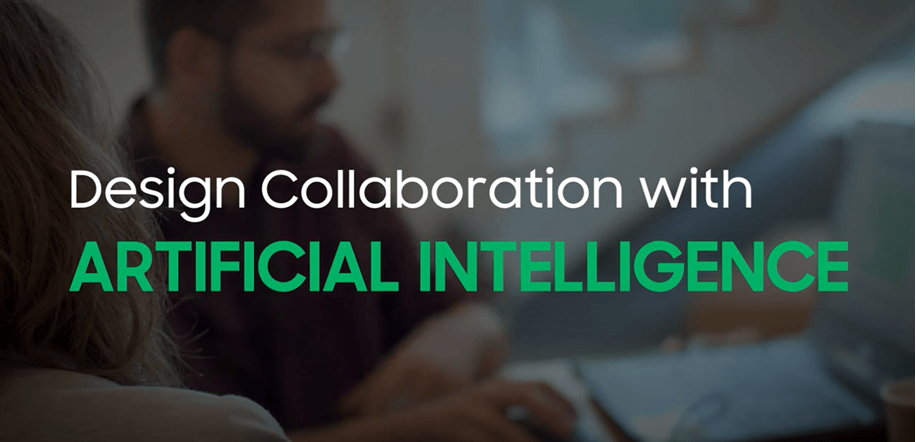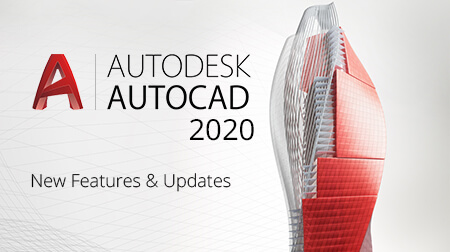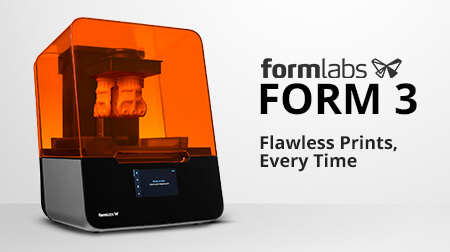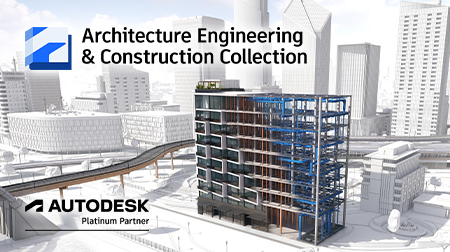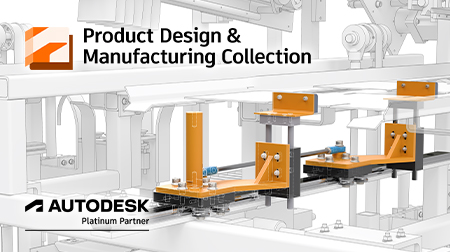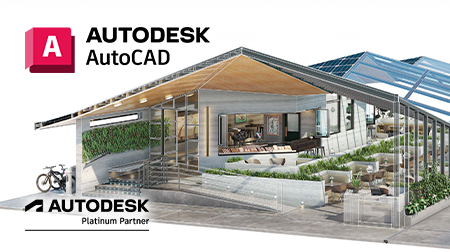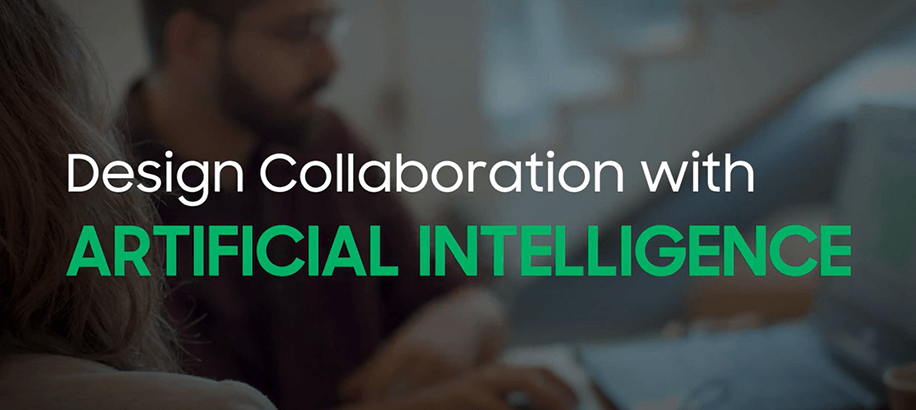
Design Collaboration with Artificial Intelligence
Collaboration has always been central to the design process. For most of human history, that meant collaborating with other people to find an optimal solution. Today, you have another option: collaborating with artificial intelligence (AI).
AI can do things humans can’t. It can generate and evaluate thousands of design solutions in the time it takes you to refill your coffee cup. It can compare, iterate, and solve for challenges before a human designer understands what the challenges are, and achieve multiple objectives, even when the objectives seem to conflict.
You don’t have to wait for the future to start collaborating with AI. The tools and the capabilities exist today. Let’s check out these resources to build your skills.
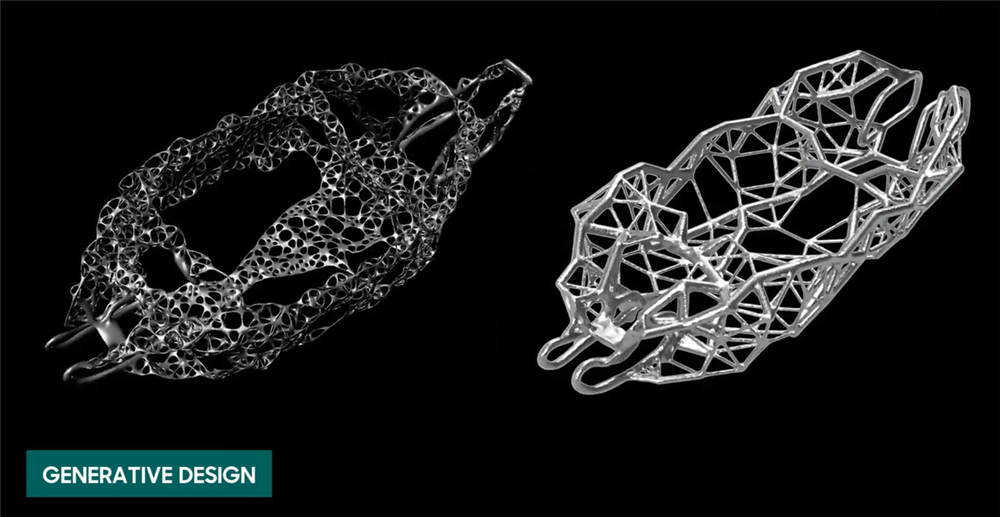
One of the easiest ways to get started collaborating with AI is by using Generative Design. It’s available in a range of Autodesk tools, from Fusion 360 and Inventor to Revit and Civil 3D, enabling you to put it to work for projects across different industries.
With generative design, it’s possible to explore different scenarios and find the best solutions to the problem, all while balancing multiple objectives. When applied to road networks, this means automating the creation of complex models like corridors.
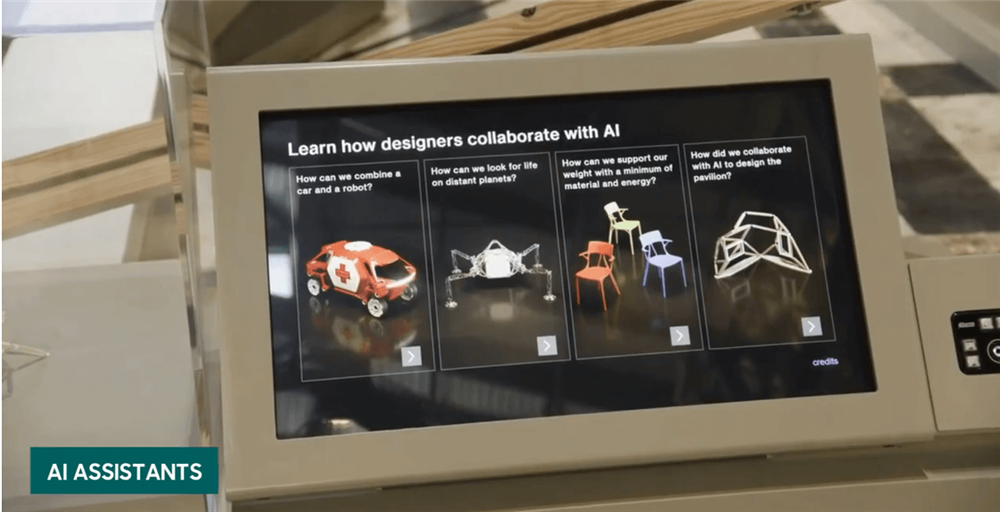
Generative design is just one kind of AI—there are many others. The incredible increase in computing power has given rise to AI assistants, for example—the kind of AI that helps you navigate traffic or compose an email. They also have a key role to play in product design.
To explore the future of human-machine collaboration, Japanese manufacturer OMRON built a robot that can play table tennis. The robot, named FORPHEUS, was created with generative design and other automation technologies. While the ping pong is fun, the ultimate goal is to advance research into AI and the impacts this developing area of collaboration could have on homes and factories.
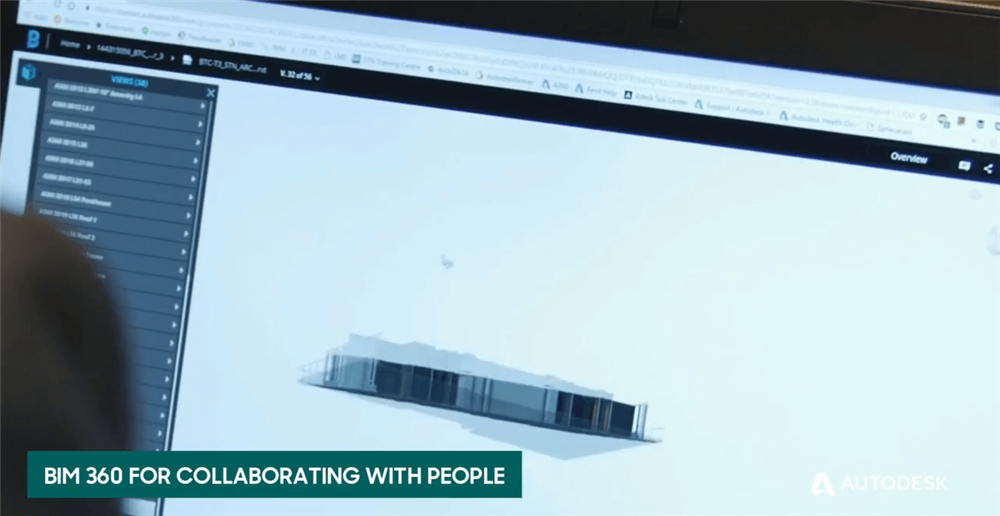
Working on a project involving multiple disciplines with different companies? BIM 360 is here to help. In BIM 360 for Design Collaboration, Review, and Issues Management, you’ll discover the various workflows for design collaboration, review, and issues management that enable cross-party connectedness.
Watch the video below:

